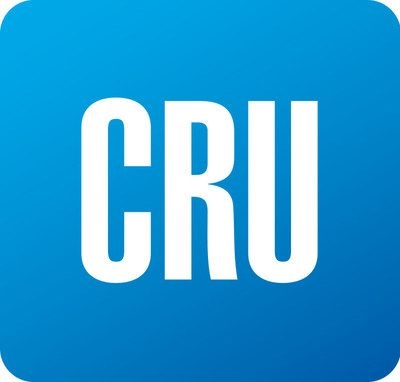Market

December 13, 2018
CRU: Metallics Markets Begin Cooling on Higher Supply, Policy Changes
Written by Ryan McKinley
By CRU Senior Editor Ryan McKinley, from CRU’s Steelmaking Raw Materials Monitor
Upward momentum for the CRU metallics price indicator (CRUmpi) slowed in July, but still rose by 2.8% m/m to 413.5. Metallics price increases were strongest in Europe amid high steel demand, with both HBI and scrap prices there rising from June levels. Scrap prices in other regions were either stable or declined m/m, while pig iron prices dropped as Russian exporters looked to rid themselves of material ahead of imposition of a new export tariff.
Prices for metallics around the world were largely stable m/m in July, although some downside pressures have emerged. In the USA, obsolete grade supply has increased both seasonally and because scale prices are at atypically high levels, allowing mills to keep prices stable or in some cases drop them. Conversely, high demand and market tightness in Europe caused another m/m price rise. Other parts of the world were affected by real or speculative changes in government policies. The implementation of export tariffs in Russia has caused sellers there to offer as much supply as possible into the international market before it becomes effective in August, weighing on scrap and pig iron pricing. In China, scrap market sentiment has grown more bearish due to speculation on further government restrictions on domestic steel output. Demand was lower in other parts of Asia amid a new outbreak of COVID-19.
U.S. scrap demand remains high as mill capacity utilization rates pass the 83% mark—the highest level since March 2019. Still, demand strength has been outmatched by strong inflows of obsolete grades into dealers’ yards. Although general market sentiment was bullish for obsolete grades heading into July, mills were able to leave prices unchanged or in some cases lower them m/m because so much material was made available. However, prime grade prices did rise as availability tightened further on reduced automotive output.
By contrast, scrap pricing increased in Europe for both obsolete and prime grades given sustained strength from finished steel production and demand, and as summer holiday shutdowns further tightened supply. Large upside movements for prime grade scrap have also increased the competitiveness of HBI on the continent, leading to an 8.3% price rise for imported material of the latter m/m.
Even as prices rise in Europe, Turkish mills have been able to secure U.S.-origin cargoes at prices slightly lower than in June. Buyers there have been reluctant to increase bids for imported scrap because of a fall in finished steel prices in Asia, which has limited their competitiveness and exports to that region.
Steel prices in Asia have fallen in part because of new COVID-19 outbreaks in countries like Bangladesh and Vietnam, where end-use project delays and transport disruptions are now abundant. In both countries, scrap prices fell as domestic steel producers cut back on capacity utilization levels in line with declines in the finished steel market. This scrap demand decrease has carried over into the Japanese market, where sellers have had to deal with weakness in both domestic and international markets.
Chinese scrap prices moved higher m/m despite declining margins at steel mills. This uptick was driven by supply limitations as mill output remained stable. Still, this increase was overshadowed by market speculation surrounding additional steel output cuts ordered by the government. Although no concrete action has yet taken place, mills are operating on a wait-and-see basis and are not increasing their bids for scrap until the situation becomes clearer.
A move lower in international pig iron pricing was the direct result of government policy changes in Russia, where a new export tax will be levied on Aug. 1. Buyers in the USA and Europe were able to negotiate lower prices given the willingness of Russian exporters to sell off their material ahead of this date.
Outlook: Scrap and Pig Iron Supply to Take Divergent Paths
Scrap supply should be seasonally strong for most regions CRU covers in August. However, higher scale prices in the USA will likely keep material inflows strong, leading to increasingly bearish market sentiment for obsolete grades. However, in our view, scrap pricing in the country is unlikely to decline dramatically. European prices are likely to stay elevated given strong steel demand, and the direction of Turkish import bids will be determined by availability in the USA and how competitive Turkish finished steel offers are in Asian markets.
Pig iron will likely grow much scarcer as Russian exporters pull back from the international market. Given that Russia is the largest exporter of pig iron in the world, and that this is occurring during a time of intense steel demand, we see pig iron prices rising substantially in the coming months.
Request more information about this topic.
Learn more about CRU’s services at www.crugroup.com
The post CRU: Metallics Markets Begin Cooling on Higher Supply, Policy Changes appeared first on Steel Market Update.





